目录
Chapter 2: Some preliminaries before we study Maxwell’s equations
5.1 直线积分(Integration over a line)
5.2 电荷和电流 (Charge and current)
前言:
本笔记是基于北京都柏林学院2022年EEEN3006J-Wireless Systems课程课件总结出的笔记。任课教师为Dr. Declan Delaney.
•在这堂课中,我们将回顾一些用于电磁理论的数学。
•这将帮助你在接下来的几节课中理解麦克斯韦方程组。
•根据麦克斯韦方程,我们将最终描述天线的工作原理。
Chapter 2: Some preliminaries before we study Maxwell’s equations
1. 向量代数(Vector algebra)
1.1 点乘(Dot product)
两个向量A和B的点积(或标量积或内积)由下式给出:
或
1.2 叉积(Cross product)
可以使用右手法则获得点积的方向。

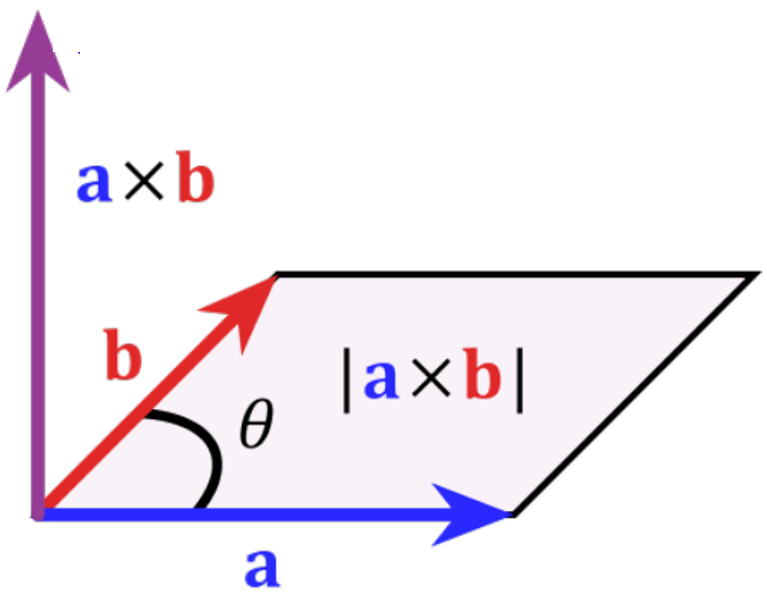
叉乘公式如下:
叉积计算平行四边形的面积,如图所示:

1.3 三重积(Triple product)
三重积公式如下:
三重积计算平行六面体的体积,如图所示:
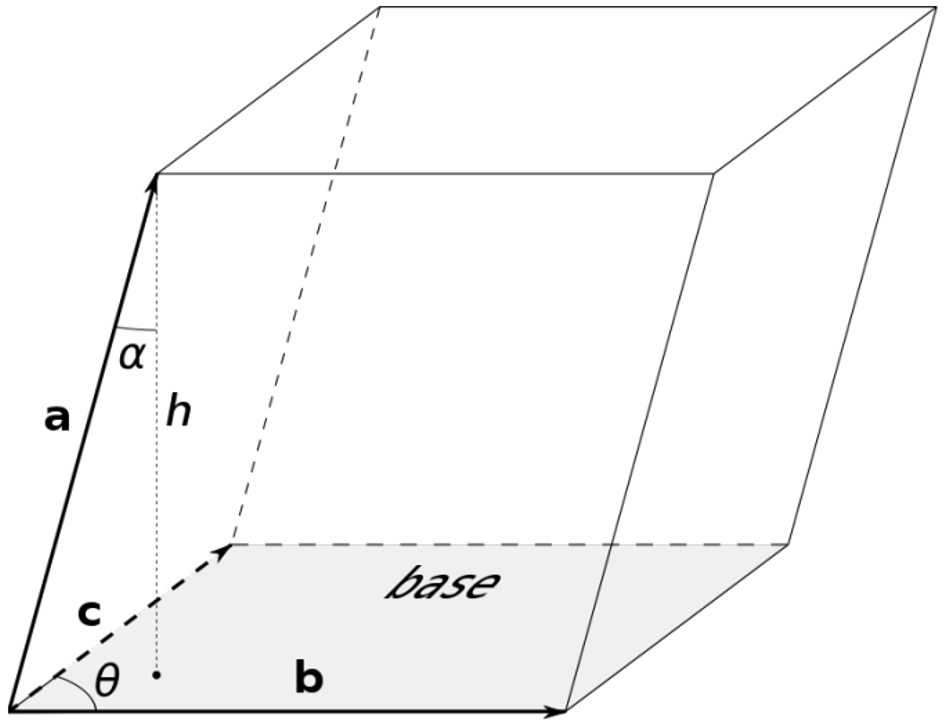
1.4 坐标系(Co-ordinate systems)
•大多数人比较熟悉笛卡尔坐标。
•在本课程中,有时需要切换到球面极坐标或圆柱坐标以解决问题。

2. 向量演算(Vector calculus)
在处理电磁学时,我们更喜欢使用向量演算。
有三项重要的操作:
•梯度 •散度 •旋度
2.1 梯度(Gradient)
•适用于标量字段:
![]()
•呈现出每个点的坡度方向和陡度。
练习:
村庄附近以m为单位的山的高度由函数描述:
x是村庄以东的距离,单位为km,y是村庄以北的距离。
问:
a) 找到山顶。
b) 这座山有多高?
c) 我想在村子北边1公里和东边1公里处建一栋房子。这里的山有多陡?
d) 此时,斜坡的走向是什么?
2.2 散度(Divergence)
•在物理学的许多领域都很重要。
•稍后我们将讨论电通量。通量和散度都处理场的流动,但通量是在一个区域上定义的,而散度处理点。
散度公式为:
![]()
标量:没有方向。
–正散度 图像为发撒
–负散度 图像为汇聚
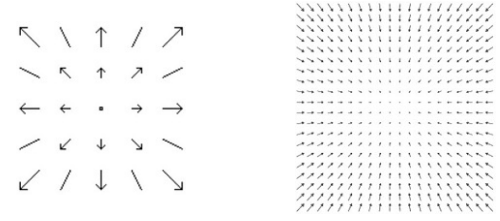
球坐标公式(Spherical co-ordinates):
柱坐标公式(Cylindrical co-ordinates:):
练习:
计算下列函数的散度:

2.3 旋度(Crul)
可以被定义为:
旋度的每个分量表示磁场在一个坐标平面内旋转的趋势。
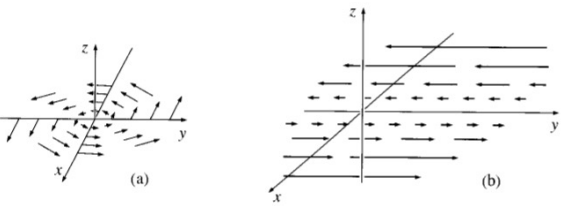
练习:
计算旋度:
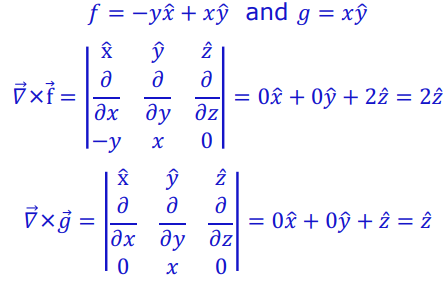
2.4 乘法规则(Product rules)
•梯度的旋度(Curl of Gradient)始终为零:
![]()
拉普拉斯算子(即梯度的散度,Divergence of Gradient)

我们可以使用这些来获得泊松方程(Poisson's equition)。(后面的博客中我们会讲到。)ヾ(o・ω・)ノ
散度的梯度(Gradient of Divergence)减去拉普拉斯算子(Laplacian)就是旋度的旋度(Crul of Crul)。
![]()
3. 亥姆霍兹定理(Helmholtz theorem)
如果我们知道一个域的散度(divergence)和旋度(crul),你能唯一地定义这个域吗?
–不,我们还需要边界条件。
•亥姆霍兹定理告诉我们,如果我们要求场在无穷远处为零,我们可以唯一地定义给定旋度(divergence)和散度(crul)的场。
4. 电势(Potentials)
如果一个场的旋度为零(我们会遇到很多场),那么这个场可以写成标量势的梯度。
5. 积分学(Integral calculus)
•线积分、面积分和体积积分
•微积分基本定理
•梯度的基本定理
•发散的基本定理
•卷曲的基本定理
•部件集成
5.1 直线积分(Integration over a line)
移动电荷a到b所做的总功
a到b每单位长度(直线方向)力的积分
5.2 电荷和电流 (Charge and current)
•电荷运动产生电流。
•电流单位为安培(A)





















 682
682











 被折叠的 条评论
为什么被折叠?
被折叠的 条评论
为什么被折叠?








